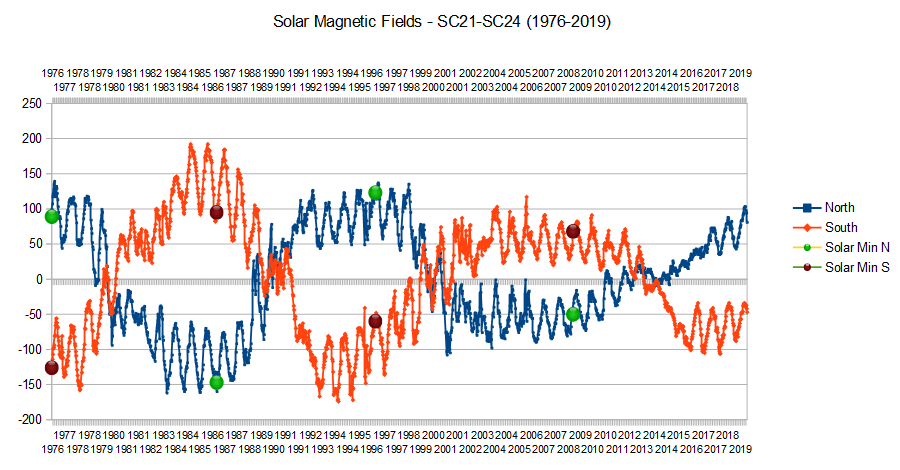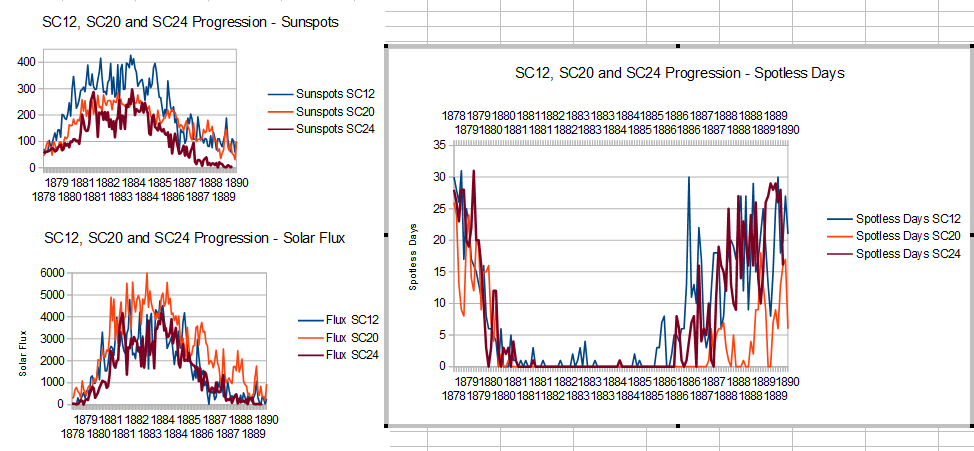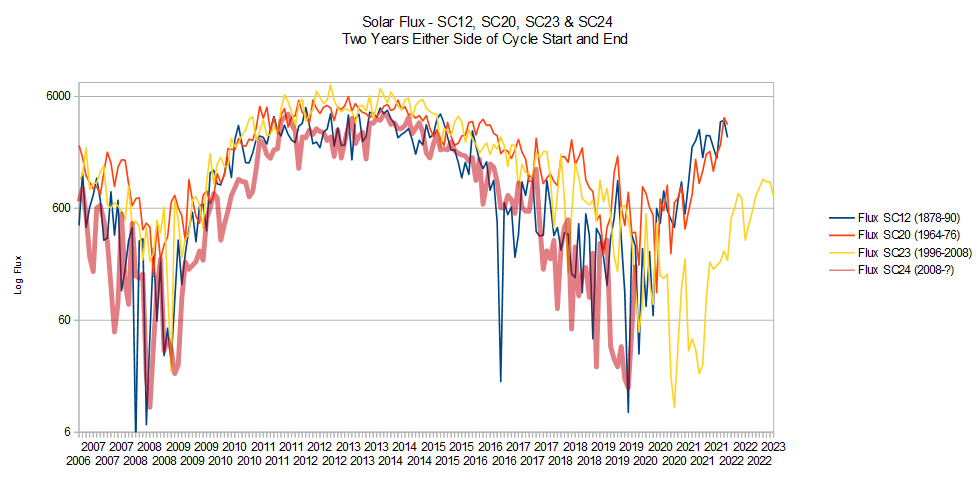|
|
Post by missouriboy on Nov 14, 2019 17:10:16 GMT
I don't like it either ... although it may be interesting to see ultra-warmists going into convulsions. May have to join Naut in Florida.  Where the iguanas freeze fall from the trees?  Up here they don't wake up.  |
|
|
|
Post by sigurdur on Nov 14, 2019 17:27:17 GMT
Mizzou , where's the "don't like" key on the computer for the above post? I don't like it either ... although it may be interesting to see ultra-warmists going into convulsions. May have to join Naut in Florida.  As a current climate refugee, I can report Paris, Texas is a lovely 50F. The amazing thing is, the Natives are complaining it is too damn cold. |
|
|
|
Post by nautonnier on Nov 16, 2019 11:50:13 GMT
|
|
|
|
Post by nautonnier on Nov 19, 2019 13:31:00 GMT
|
|
|
|
Post by missouriboy on Nov 19, 2019 15:07:03 GMT
Curious link to Led Zeppelin on that linked SST map.  |
|
|
|
Post by missouriboy on Nov 29, 2019 1:24:46 GMT
|
|
|
|
Post by missouriboy on Nov 29, 2019 18:47:11 GMT
Solar Magnetic Fields Overlaid with Solar Minimums
Guesses on where the downward break will occur. 
|
|
|
|
Post by sigurdur on Nov 30, 2019 5:14:21 GMT
Potentially long cycle?
|
|
birder
Level 3 Rank
  
Posts: 223
|
Post by birder on Dec 25, 2019 13:41:29 GMT
The latest info on Solar Cycle 25 suggests it will start in April 2020 and will peak in July 2025 and it won't be akin to a Maunder Minimum. spaceweather.comI would have liked to see the temperature cool just to upset the Warmists, however on the other hand I like warm weather and would be happy to have a Mediterranean climate in the UK. We'll just have to await events I guess? |
|
|
|
Post by missouriboy on Dec 25, 2019 21:20:48 GMT
The latest info on Solar Cycle 25 suggests it will start in April 2020 and will peak in July 2025 and it won't be akin to a Maunder Minimum. spaceweather.comI would have liked to see the temperature cool just to upset the Warmists, however on the other hand I like warm weather and would be happy to have a Mediterranean climate in the UK.We'll just have to await events I guess? Could be nice. But you might be swarmed by French, Italians and, God forbid, Saxons.  Merry Christmas. |
|
birder
Level 3 Rank
  
Posts: 223
|
Post by birder on Dec 27, 2019 17:56:04 GMT
The latest info on Solar Cycle 25 suggests it will start in April 2020 and will peak in July 2025 and it won't be akin to a Maunder Minimum. spaceweather.comI would have liked to see the temperature cool just to upset the Warmists, however on the other hand I like warm weather and would be happy to have a Mediterranean climate in the UK. We'll just have to await events I guess? I thought these cycles averaged 11 years? Short lived sunspots belonging to Cycle 25 have been reported since December 2016. spaceweatherarchive.com/2019/11/02/solar-cycle-25-is-slowly-coming-to-life/ |
|
|
|
Post by missouriboy on Dec 27, 2019 18:40:52 GMT
It is comforting to note that we have progressed from devining the future on the basis of readings of bird entrails (That is not a "dig" Birder  ), to measurements of electromagnetic "spots" on the surface of our star. This has only taken 2000 years (maybe less). But undoubtedly the science is now settled. We can tell this on the basis of what scientists say ... spaceweatherarchive.com/2019/04/10/experts-predict-the-solar-cycle/Researchers are still learning to predict the ebb and flow of solar activity. Forecasting techniques range from physical models of the sun’s inner magnetic dynamo to statistical methods akin to those used by stock market analysts. (And we all know how accurate those have been.) In recent years, the Internet has buzzed with the idea that a super-deep solar minimum such as the 70-year Maunder Minimum of the 17th century might cool the Earth, saving us from climate change. (Orwell would feel vindicated.) In the end however, it is still a "gutsy" call. |
|
|
|
Post by sigurdur on Jan 9, 2020 4:39:37 GMT
|
|
|
|
Post by missouriboy on Jan 31, 2020 19:35:17 GMT
Another Month Gone ... And A New Update of Our Star's Vital StatisticsSpotless days are down in January and spots and flux are up slightly. Chart two shows flux for cycles 12, 20, 23 and 24 on a log scale, which accentuates the lower values. Data are for two years before each cycle official start date to two years after the official end date. SC24 continues to look more like SC12 (1878-90) than SC20 (1964-76), which is hardly comparable. Recent SC24 flux recovery may continue on a progression consistent with what was observed for SC12 and SC20 ... or, if it turns back down for an extended run, we may be in new territory. We will soon know. Wild weather continues to affect our planet's transition climates. Am open to any believers' attempts to convince me of the mechanisms by which Charles Oscar II drives all this.  
|
|
|
|
Post by missouriboy on Feb 28, 2020 4:35:54 GMT
|
|